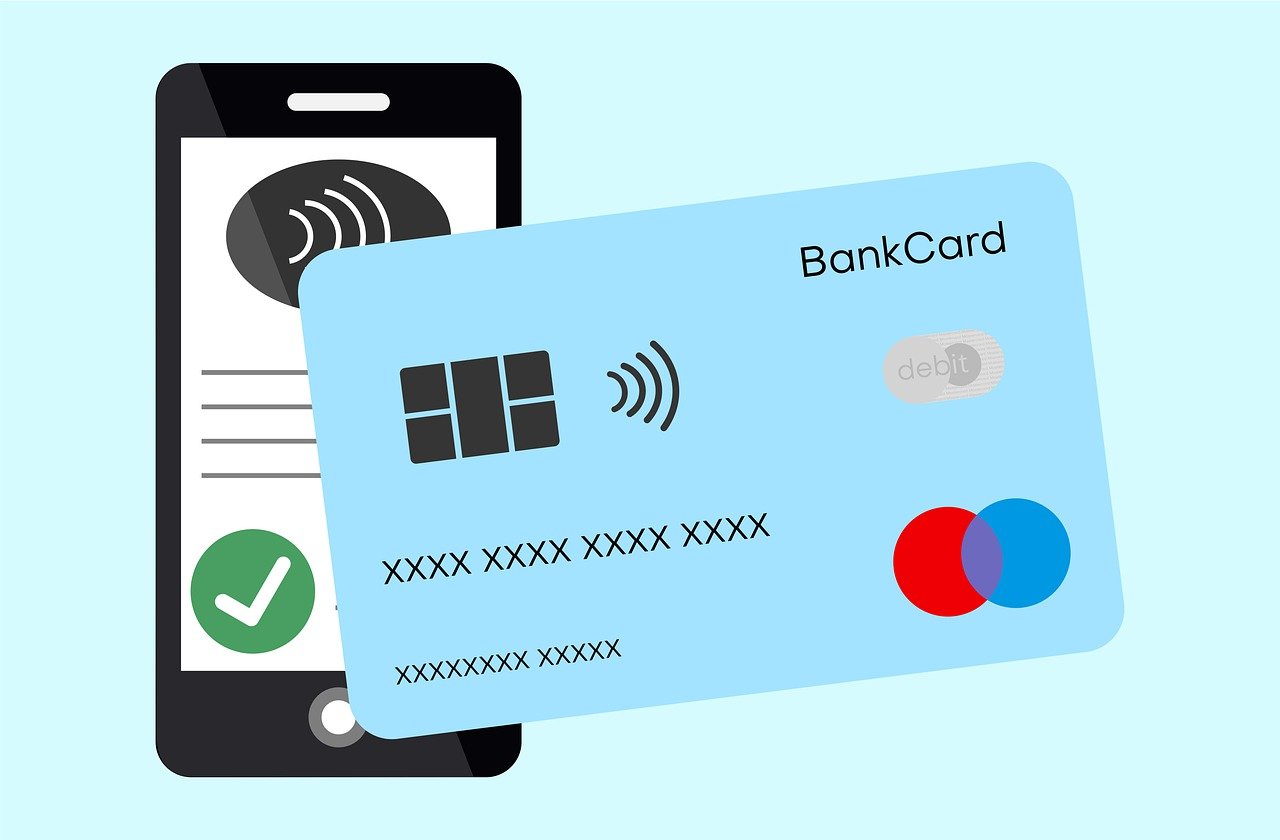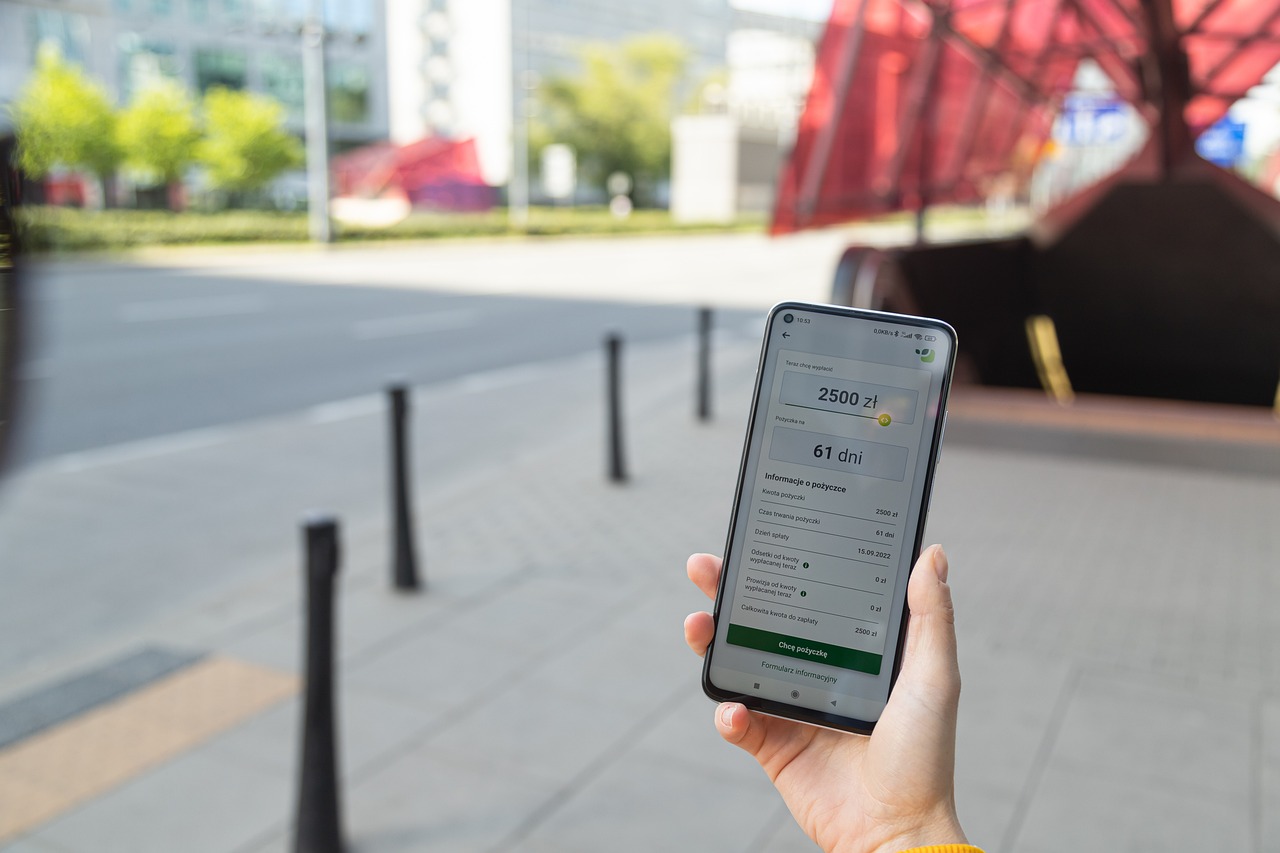.png)
Innovations in accessible payment technology
January 11, 2024
Table of contents
Quick Access

Today's companies have adapted to the needs of their clients, adapting their payment systems and platforms to all possible options in order to increase sales and not lose users. Accessible payment technologies are changing the rules of collections.
This type of payment is tied to accessible technology, which, according to the explanation offered by Washington.edu, “It is a technology that can be used by people with a wide range of abilities and disabilities. Incorporates the principles of universal design. Each user can interact with the technology in the way that works best for them.”

Importance of building an accessible payment method
Meeting the needs of each client is an option that should not be ruled out. The users of each company must feel a unique treatment, that their needs are listened to and solved, which is why accessible payment methods are necessary.
“Accessibility in payments means ensuring that everyone, regardless of their physical or cognitive abilities, socioeconomic background or geographic location, can use financial services with ease and confidence,” says Kurt Schmid, CEO of Digital Banking at Netcetera.
Meeting customer needs is important but first we must recognize the diversity of the population, for example, an 18-year-old person can handle traditional payments and also a digital wallet or other modern payment method, on the other hand, an octogenarian Maybe you only know how to pay in cash.

Innovations in accessible payment method technologies
Contactless payments and NFC technology
Contactless payments have gained wide popularity due to their convenience and speed. Near Field Communication (NFC) technology, which enables contactless transactions, has become a game-changer for people with mobility issues. With a simple touch or wave of a card or mobile device, users can make payments without the need to physically handle cash or insert cards into machines.
Additionally, the arrival of wearable devices with built-in NFC capabilities has expanded the reach of contactless payments to those who may have difficulty using traditional payment methods. This technology not only improves accessibility for people with physical disabilities, but also promotes a more hygienic and efficient payment process.
Voice activated payment systems
Voice-activated payment systems have become a great help for people with visual impairments or limitations in their motor skills. Advanced natural language processing algorithms allow these systems to recognize and respond to voice commands, allowing users to initiate and complete transactions verbally. By integrating voice-activated technology into mobile apps and smart devices, payment processes become more inclusive and easier to use for a broader audience.
These systems not only make transactions easier, but also improve the overall user experience by reducing reliance on traditional input methods, such as typing or swiping on a screen.

Biometric authentication
Biometric authentication methods, such as facial and fingerprint recognition, have become prevalent to protect payment transactions. For people with disabilities who may have difficulty remembering passwords or managing physical tokens, biometric authentication provides a secure and convenient alternative.
Biometric payment solutions improve accessibility by offering a fast and seamless authentication process, eliminating the need for users to remember and enter complex passwords. Additionally, these technologies are often built into smartphones and other devices, making them easily accessible to a wide range of users.
Inclusive design in mobile banking applications
Mobile banking apps have undergone a transformation towards more inclusive design practices. Developers are increasingly incorporating features such as customizable font sizes, high-contrast interfaces, and screen reader support to ensure that people with visual or cognitive disabilities can navigate and use applications effectively.
By prioritizing accessibility in design, mobile banking apps become easier to use for a diverse user base, allowing people with different abilities to manage their finances independently.
At Rootstack we are pioneers in terms of payment system technologies, and we are also aware of accessibility methods, so your banking project is in good hands.
We recommend you on video
Related Blogs

Steps for software product development
-9.20.37-a.m.png)
Product Design and Development

Tools for Machine Learning

The Best Data Science Tools in 2025

What is Data Science?

